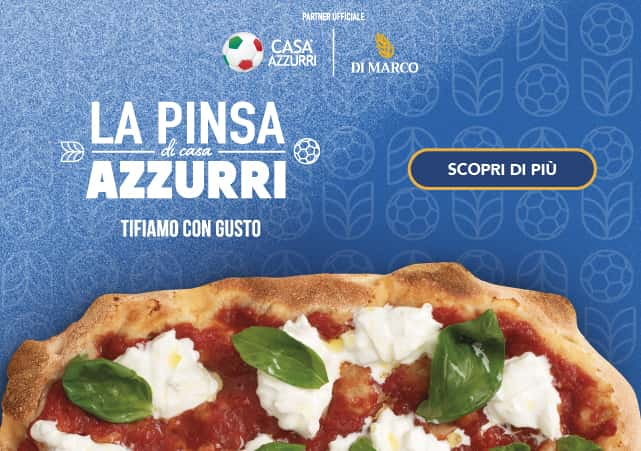The market for bakery products is growing steadily, with predictions indicating a significant increase in the coming years. According to recent data processing by IMARC Group, the market will reach USD 612.4 billion by 2027, with an annual growth rate of 4%. Paraphrasing Fortune Business Insight, this CAGR is directly attributable to "the growing demand for convenience foods, the westernisation of emerging markets, and increased spending on packaged foods". Undoubtedly, the spread of new working models such as smart working and hybrid working has a significant impact on these trends, as they are driving more and more people to buy ready-made products, which can be consumed instantly or after (a quick) preparation.
In search of a simple and healthy product
In recent years, eating patterns and preferences are changing drastically, a trend that has been accelerated by the pandemic. Indeed, the healthcare crisis has raised the attention on health and wellness, leading to greater awareness of food choices. For baked products, the challenge is an important one: it is necessary to keep the benefit of convenience food and, at the same time, direct it towards health and wellness needs, which means simplicity, limited processing and transparency. This explains why the baked goods section has become increasingly rich in healthy, sustainable and environmentally friendly products.
As an example, a strong trend in recent years is the reduction of sugar, in line with consumers' growing awareness of the importance of a balanced diet. Moreover, consumers are paying more and more attention to where their food comes from and how it is produced, favouring simple products based on a transparent production process. Product simplicity has become a decisive element in the choices of consumers, who prefer to avoid elaborate and complexly processed foods.
Pinsa as a mix of taste and simplicity
Pinsa Romana has established itself as a successful product thanks to its ability to satisfy new food trends. In a context characterised by the need for simplicity, transparency, reduced sugar, fat and animal protein, pinsa is a more than adequate response. After all, it is nothing more than a mix of wheat, soy, rice and sourdough flours, with little fat and sugar. Moreover, the production process is traditional, does not involve sophisticated processing and responds to consumer interest in simplicity and transparency.
All this is reflected in the market data, with extraordinary growth rates: from +180% in 2020 to +55% in the first half of 2022 compared to the previous year. Although it is not comparable to a market with centuries of history like that of pizza, the pinsa romana reaches almost 40 million euros, registers interesting growth rates and is now available everywhere in the world.
Health, but also innovation
As mentioned above, one of the most interesting trends in the bakery market is the mix of tradition and innovation. In other words, consumers are looking for healthy, tasty and light products, but they also love innovation, they want 'something new'.
In this respect, the pinsa romana has been the main innovation in the baked goods sector for decades. Research shows that most innovation in the bakery industry is concentrated in desserts, particularly in biscuits, cakes and baked sweets. In the pizza industry, tradition has always prevailed over innovation, and recent manifestations (such as the charcoal pizza) are marginal. The pinsa, on the other hand, has been such a marked innovation that it has become a consolidated product in its own right, which stands out from its famous predecessor.
Pinsa's ability to fuse simplicity and innovation has determined its success in several countries and its circulation in pizzerias, pinserie, supermarkets and large-scale stores, where it has become very popular with consumers.


